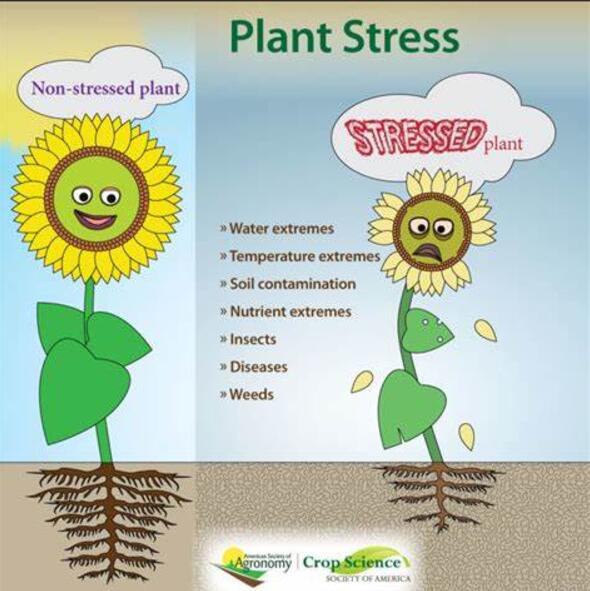Metabolic responses to multi-stress: An update
IF 6.8
Q1 PLANT SCIENCES
引用次数: 0
Abstract
In recent years, several studies investigating multifactorial stresses have emerged. This shift has been driven by the recognition that one of the primary reasons for the inconsistency between laboratory-based results and field observations of plant responses is that, in natural environments, plants are routinely exposed to a combination of biotic and/or abiotic stresses, which they encounter either simultaneously or sequentially. Within this review, we address current advances in multifactorial studies focusing on metabol(om)ic changes in model as well as cereal crop species. The common consensus is that currently, studies on phenotypic and transcriptomics analysis are prevailing, while metabolic studies are scarce. Despite the need for further studies to validate the findings in this review, two clear biological messages emerge. First, and perhaps unsurprisingly, proline stands out as a universal stress metabolite, closely followed by branched-chain amino acids. Interestingly, while multifactorial stress responses are often considered non-additive and unpredictable, our findings reveal that many metabolic changes are both. Expanding the scope of studies to include more species and a wider range of stresses at the metabolic level will be essential for uncovering additional metabolic reprogramming in response to multifactorial stress. This will provide invaluable insights for developing breeding strategies aimed at future-proofing crops.
求助全文
约1分钟内获得全文
求助全文
来源期刊

Plant Stress
PLANT SCIENCES-
CiteScore
5.20
自引率
8.00%
发文量
76
审稿时长
63 days
期刊介绍:
The journal Plant Stress deals with plant (or other photoautotrophs, such as algae, cyanobacteria and lichens) responses to abiotic and biotic stress factors that can result in limited growth and productivity. Such responses can be analyzed and described at a physiological, biochemical and molecular level. Experimental approaches/technologies aiming to improve growth and productivity with a potential for downstream validation under stress conditions will also be considered. Both fundamental and applied research manuscripts are welcome, provided that clear mechanistic hypotheses are made and descriptive approaches are avoided. In addition, high-quality review articles will also be considered, provided they follow a critical approach and stimulate thought for future research avenues.
Plant Stress welcomes high-quality manuscripts related (but not limited) to interactions between plants and:
Lack of water (drought) and excess (flooding),
Salinity stress,
Elevated temperature and/or low temperature (chilling and freezing),
Hypoxia and/or anoxia,
Mineral nutrient excess and/or deficiency,
Heavy metals and/or metalloids,
Plant priming (chemical, biological, physiological, nanomaterial, biostimulant) approaches for improved stress protection,
Viral, phytoplasma, bacterial and fungal plant-pathogen interactions.
The journal welcomes basic and applied research articles, as well as review articles and short communications. All submitted manuscripts will be subject to a thorough peer-reviewing process.
 求助内容:
求助内容: 应助结果提醒方式:
应助结果提醒方式:


